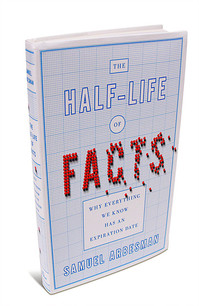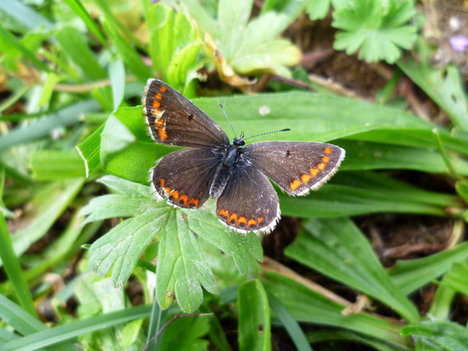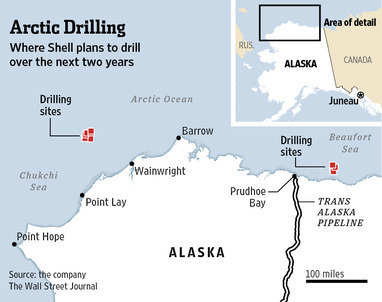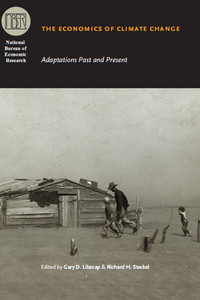My colleague Mark Wohar, and his co-author David McMillan, have used sophisticated econometrics to analyze a very long time-series dataset on carbon dioxide (CO2) and temperature. They find that CO2 has little, if any, effect on temperature. Here is the abstract of their paper:
(p. 3683) The debate regarding rising temperatures and CO2 emissions has attracted the attention of economists employing recent econometric techniques. This article extends the previous literature using a dataset that covers 800,000 years, as well as a shorter dataset, and examines the interaction between temperature and CO2 emissions. Unit root tests reveal a difference between the two datasets. For the long dataset, all tests support the view that both temperature and CO2 are stationary around a constant. For the short dataset, temperature exhibits trend-stationary behaviour, while CO2 contains a unit root. This result is robust to nonlinear trends or trend breaks. Modelling the long dataset reveals that while contemporaneous CO2 appears positive and significant in the temperature equation, including lags results in a joint effect that is near zero. This result is confirmed using a different lag structure and Vector Autoregressive (VAR) model. A Generalized Method of Moments (GMM) approach to account for endogeneity suggests an insignificant relationship. In sum, the key result from our analysis is that CO2 has, at best, a weak relationship with temperature, while there is no evidence of trending when using a sufficiently long dataset. Thus, as a secondary result we highlight the danger of using a small sample in this context.
Source:
McMillan, David G., and Mark E. Wohar. “The Relationship between Temperature and CO2 Emissions: Evidence from a Short and Very Long Dataset.” Applied Economics 45, no. 26 (2013): 3683-90.
(Note: bold added.)






